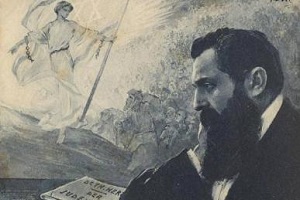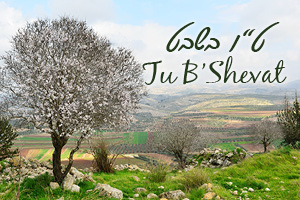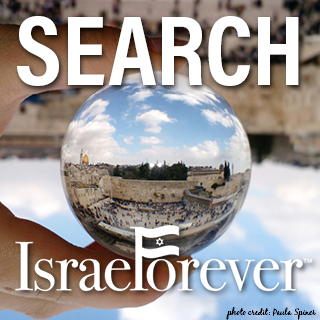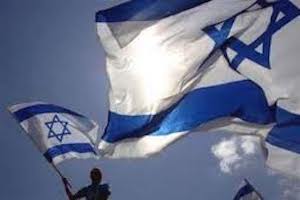Herzl’s Tree: The Roots Still Grow
Herzl is the only individual mentioned by name in Israel’s Declaration of Independence, which refers to him as the “author of the vision of the Jewish state” (הוגה חזון המדינה היהודית).
Thus for Herzl, Zionism was a means of restoring the inner unity of the Jewish soul. As he told the assembled delegates at the First Zionist Congress, “Zionism is a return to Judaism even before there is a return to the Jewish land.”
In Herzl’s writings he repeatedly emphasized that the creation of a Jewish homeland was merely the external change that he wished to attain. The true aim was the establishment of a firm Jewish consciousness, a unique Jewish “character” and perspective on things that the Jews would contribute to the world, and by means of which they would again be able to play a special role among the nations.
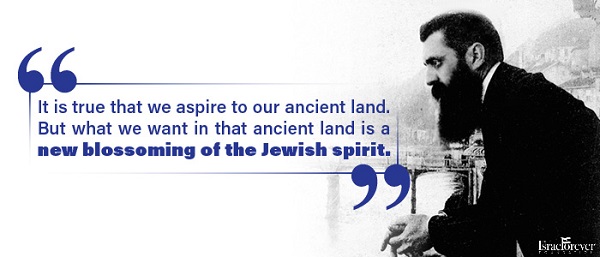
Herzl planted a cypress tree to symbolize his dream for the future of Eretz Yisrael and the birth of a Jewish State in our land. The cypress tree started to grow and with it, the hope of Israel to see a state. For six years, the cypress was a symbol of hope for all the Jews who sat in its shade on the way to Jerusalem.
Herzl had died in 1907 at the young age of 44. All of Israel cried for their beloved leader.
On the 20th of Tammuz every year, children would go up to Motza and plant trees next to Herzl’s cypress tree to honor and continue his dream. A forest was planted in Hulda to commemorate him, along with a house named after him. This fascinating site documents the history of Israel's early pioneers, through multimedia displays in the heart of nature.
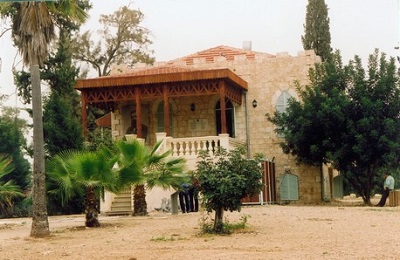
Herzl House in the Hulda Forest - Photo Credit: KKL Archives
On the anniversary of his passing in the year 1917, while World War I raged around them, the children went to honor Herzl’s memory at his cypress tree and they saw that the tree was no longer there. The Turks had cut it down.
Determined to perpetuate his legacy, the children looked around the ground and gathered the cypress cones that were left from Herzl’s tree. They placed the cones in their pockets, and in the dark of the night, they returned and planted the cones.
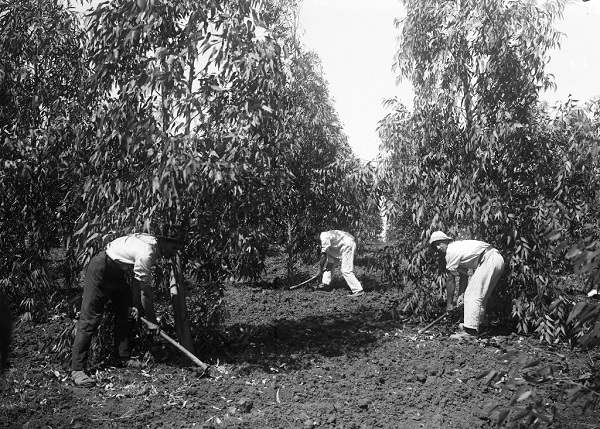
Workers planting the Hulda Forest - Central Zionist Archives
A year later, the war ended and the sun of hope shone again on the Judean Mountains and the Galilee. The seeds of Herzl’s cypress were sent to every corner of the land, and they were planted on the hills and valleys, in the Galilee and in Judah.
The Jews understood: “The land will be in the hands of those who plant trees in this emptiness and bring shade to this area.”
Even though the Turks were able to cut down the tree, they could not destroy Herzl’s dream.
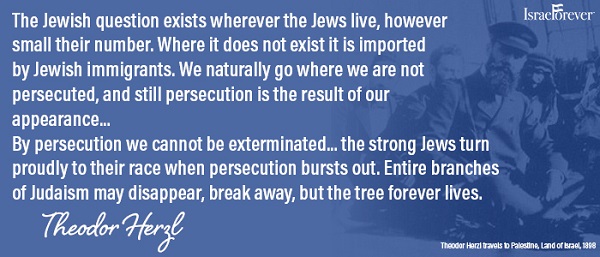
FOOD FOR THOUGHT:
- Herzl did not live to see the fruits of this tree. Was there any point in planting his tree?
- If you could plant a tree anywhere in Israel, where would it be?
- If you could plant any tree of Israel in your own garden which tree would it be?

